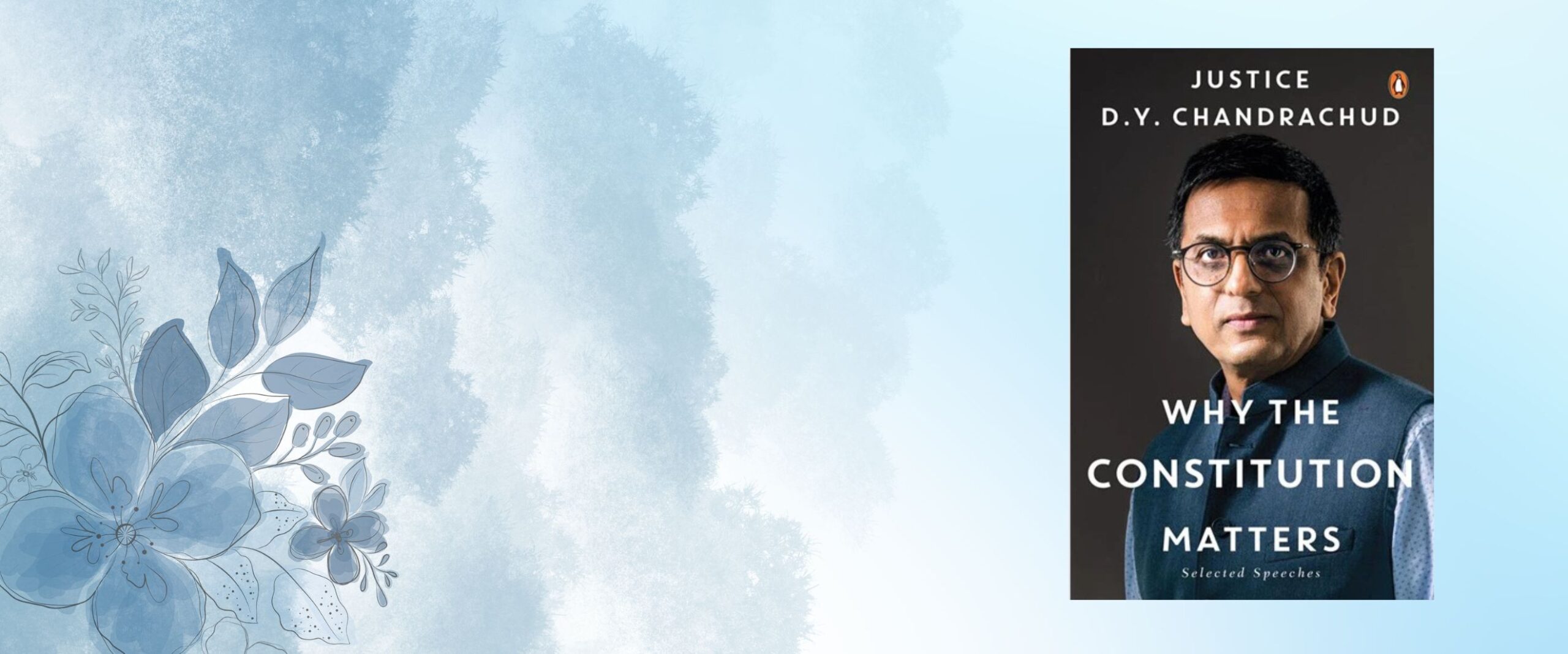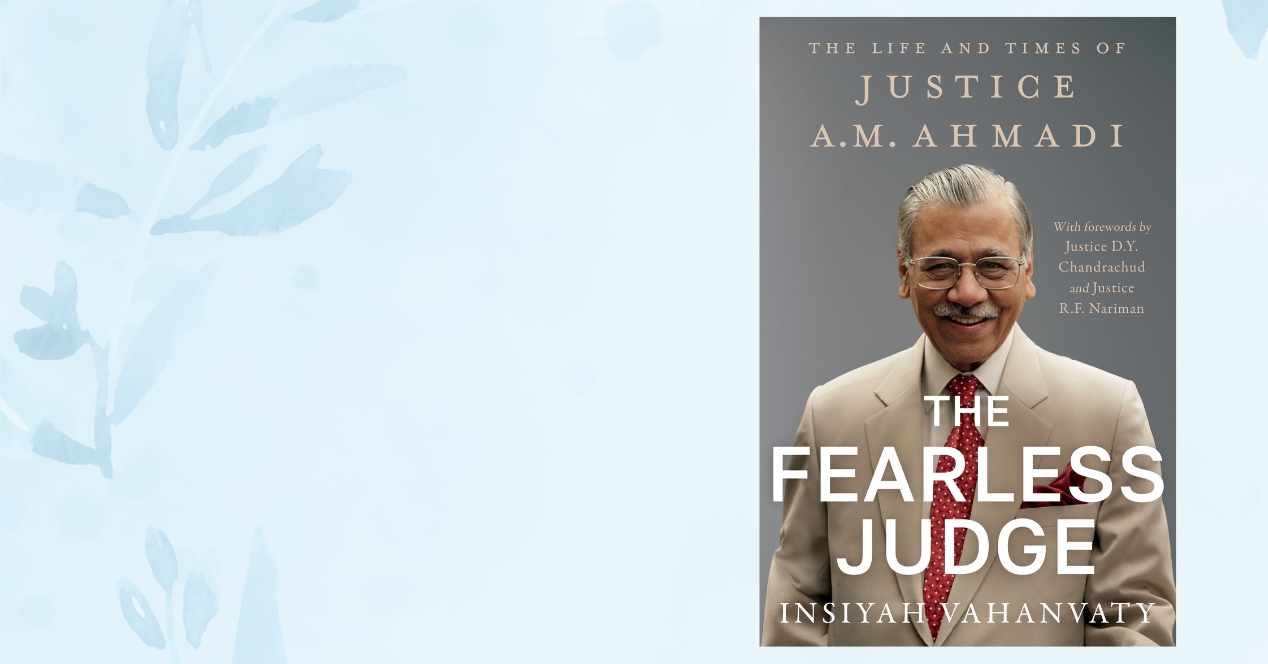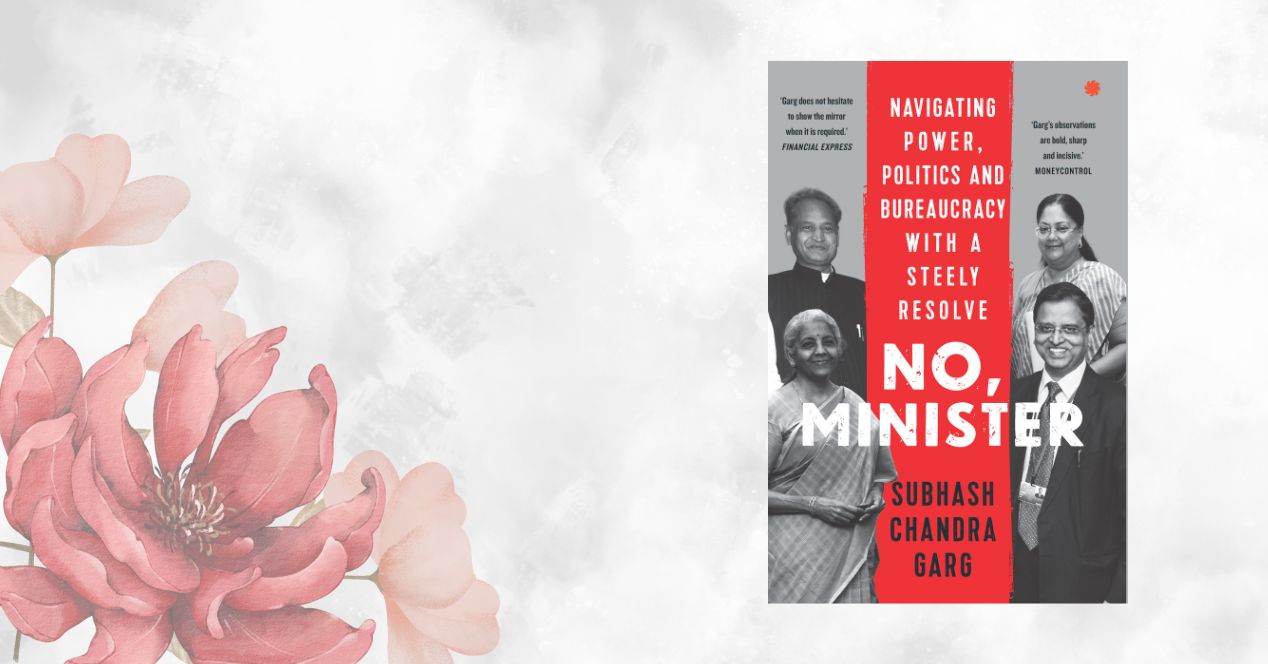Chief Justice D.Y. Chandrachud’s address commemorating 75 years of the Supreme Court
The 50th CJI on the challenges of today—public faith in the Judiciary and the operational issues in a court of a billion people

The day 28 January 2024 marked a significant day in constitutional history. The inaugural sitting of the Supreme Court of India was held seventy-five years ago on this day. The six judges of the Federal Court, led by Chief Justice Shri Harilal J. Kania, assembled for the first sitting of the Supreme Court of India. The event took place without much fanfare in the Prince’s Chamber of the building of Parliament from which the Federal Court functioned. For many, it would have seemed like another day at the Federal Court because neither the composition nor the seat of the court was altered. On closer reflection, with the benefit of the hindsight of a succeeding generation, we see now that much has changed.
On 28 January 1950, the judges assembled as judges of the highest appellate adjudicatory body in the world’s largest democracy with wide, almost unrestricted powers to do justice…
…The Chief Justice’s address at the inaugural sitting emphasized three principles that are necessary for the Supreme Court to function according to the constitutional mandate. The first is an independent judiciary…The second is the judicial approach towards adjudication, which postulates that the Supreme Court must interpret the Constitution not as a rigid body of rules but as a living organism. The third principle is that this court must secure the respect of citizens for it to establish itself as a legitimate institution…
…Much has changed in the seventy-five years since the inaugural. The Supreme Court itself and the legal regime in which it adjudicates have undergone extensive structural alterations. At its first sitting, the Supreme Court consisted of six judges. It now has a sanctioned strength of thirty-four judges. In 1950, this court sat en banc, in a bench of six, even at preliminary hearings. In 1950, 1215 cases were instituted before the Supreme Court. Judgments were pronounced in forty-three of those cases. The Supreme Court now sits in a bench of two judges unless the case has been referred to a constitution bench or a bench of three judges. Between January and October 2023, 45,495 cases were instituted, and judgments were pronounced in more than 1000 cases. With the Indian economy having undergone a radical transformation, new areas of law-telecommunications, insolvency and bankruptcy, and intellectual property-have emerged. Conventional forms of alternate dispute mechanisms have metamorphosed into avatars dictated by the need for speed and business efficacy.
However, despite the change in the world around us, the three principles highlighted during the inaugural sitting of this court continue to remain as relevant today to the functioning of an independent Supreme Court. This court has, in the last seventy-five years, faced old and new challenges in confronting the face of injustice and meeting the expectations of those at the receiving end of power. This court has, through the course of many years, charted its understanding of principles and developed innovative approaches to achieve the ideals of a democratic polity governed by the rule of law under a written constitution. We have received the baton in this long run from wise forebearers-judges and lawyers who walked through these portals-with fortitude and compassion. While much has changed in the world, the core of our ideals remains valid today as ever-our commitment to human dignity, liberty, equality and fraternity. We are inheritors of a commitment where the welfare of the nation walks in tandem with the well-being of her citizens.
The Constitution entrenches several institutional safeguards for an independent judiciary, such as a fixed retirement age and a bar against the alteration of the salary of judges after their appointment. However, these constitutional safeguards are not in themselves sufficient to ensure an independent judiciary. An independent judiciary does not merely mean the insulation of the institution from the executive and the legislative branches but also the independence of individual judges in the performance of their roles as judges…Efforts are being made from within the institution to educate and sensitize judges across courts to unlearn their subconscious attitudes inculcated by social conditioning on gender, disability, race, caste and sexuality.
This court has in every such instance stood up to the test of time and adjudicated these complex questions based on constitutional principles. Over the years, the court has understood the Constitution not merely as a document establishing a nation state and delineating the role of institutions of governance in the State, but also as a document with a transformative potential to reform social and political relationships… For example, the judgments interpreting the mandate of reservation in Articles 15 and 16 as a facet and not as an exception to equality, the limits placed on Parliament’s power to amend the Constitution through the basic structure doctrine and the dilution of the doctrine of political questions are important jurisprudential developments. Through them, this court has upheld core constitutional tenets by interpreting the Constitution as a living document. In multiple voices, we speak both to the present and the future. We may be, as it is sometimes called, a polyvocal court. But the strength of our polyvocal nature lies in its ability to adapt dialogue as a processual instrument in bringing together a synthesis of ideas. The synthesis in our court brings together diversity and respects inclusion. That is the true social ethos of the court, its social conscience.
This court has followed two approaches to enhance faith in its justice delivery mechanism. First, by not conferring permanence upon judicial decisions, this court is cognizant that the law is not constant but is ever evolving. In fact, the strongest jurisprudential developments of this court have undergone multiple rounds of litigation over the course of years where the court has taken divergent views on questions of law. This court has gone about its task less attentive to its supremacy and more cognizant of the fact that the court, though final, is not infallible. It has not only opened itself up to critique but has also taken positive steps to create space for the critique of its work. The Supreme Court, for its golden jubilee celebration, published the book titled Supreme but Not Infallible, a compilation of essays written by leading practitioners celebrating and critiquing the work of the Supreme Court.
The second approach of the court to enhance faith in the justice delivery system has been to increase access to courts by diluting the procedural rules for the institution of cases. This court was opened to citizens in every corner of the nation irrespective of their social and economic status. In 1985, 24,716 letter petitions were received in English, Hindi and other regional languages. This number has since then undergone an exponential surge. In 2022, about 1,15,120 letter petitions were submitted to the Supreme Court, clearly indicating that the common person believes that they would be able to secure justice in these halls.
The increase in access to courts does not necessarily translate into access to justice. This court has, over the course of years, faced immense difficulty in keeping up with the surge in the institution of cases. Currently, a total of 65,915 registered cases are pending before the Supreme Court. Much as we would like to reassure ourselves that the mounting pile represents the faith of citizens in the line, we need to ask hard questions on what needs to be done. There has to be a radical change in the approach to decision-making. In our desire to ensure justice in each individual case, should we risk the court becoming dysfunctional? I believe that we must have a common understanding of how we argue and how we decide and, above all, on the cases we select for decision-making. If we do not make hard choices and take difficult calls to resolve these pressing issues, the euphoria generated from the past may well be short-lived.
In recent years, this court has taken a positive approach towards decreasing the pendency of cases. In 2023, 49,818 cases were registered; 2,41,594 cases were listed for hearing and 52,221 cases were disposed of, which is more than the number of cases registered.
Technology has been a steadfast ally in decongesting pending matters. To address the pendency of old, miscellaneous, after-notice matters, directions have been issued to list on priority the 7430 miscellaneous after-notice matters that have been pending since 1993. Pending constitution bench references that involve crucial questions about the interpretation of the Constitution are listed on priority. This is of particular significance also because it would reduce the pendency of numerous cases that are not disposed of because the questions of law are yet to be settled by the constitution bench.
This is where we are today. Before I end, it is worth reflecting on perhaps the oldest challenge of all. The Supreme Court of India was, at its very core, designed to ensure that the exercise of power under the Constitution is legitimate and in accord with the rule of law. The occasion may be the exercise of power by the State against an individual, by the Union against the states, by one state against another or even one individual or group of individuals against another. The court is not the sole guarantor, but it is the final arbiter that power may be used to liberate, emancipate and include, but never distract us from this most sacred duty of the court.
Since its founding, this court has constantly striven to fulfil them and address the challenges that it has faced. We are indebted to the bar for the valuable support we receive in deciding cases. All too often, the rich jurisprudence evolved by this court is viewed as the work of craftsmanship of the judges who author these decisions. The sleepless nights and the incisive mind of each lawyer ought not to be glossed over under the pen of the judge. The celebration of the history of this court is complete as we recognize the contribution of advocates to this court’s rich tapestry. The Supreme Court of India has a staff of 2148 persons. The unwavering dedication of every staff member, past and present, has been instrumental in ensuring the smooth, day-to-day functioning of the Supreme Court. Their quiet but essential contributions deserve our deepest recognition and appreciation.
Today is a day to celebrate this court’s achievements, reflect on its deficiencies and aspire for its advancement. Introspection is the art of bringing the seemingly unattainable within the line of vision.




